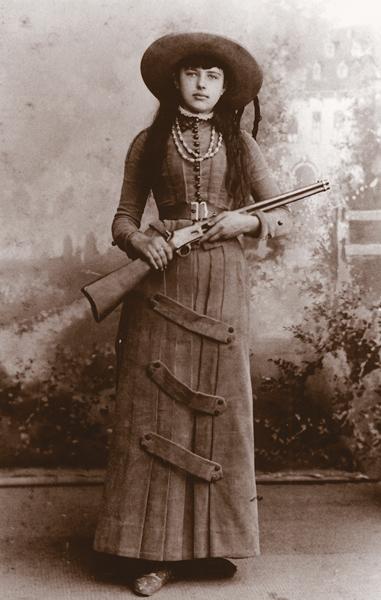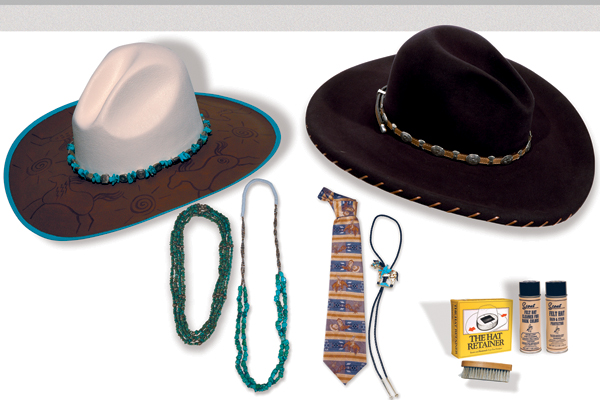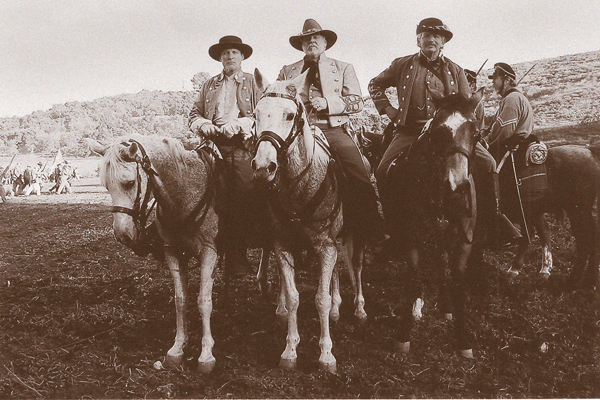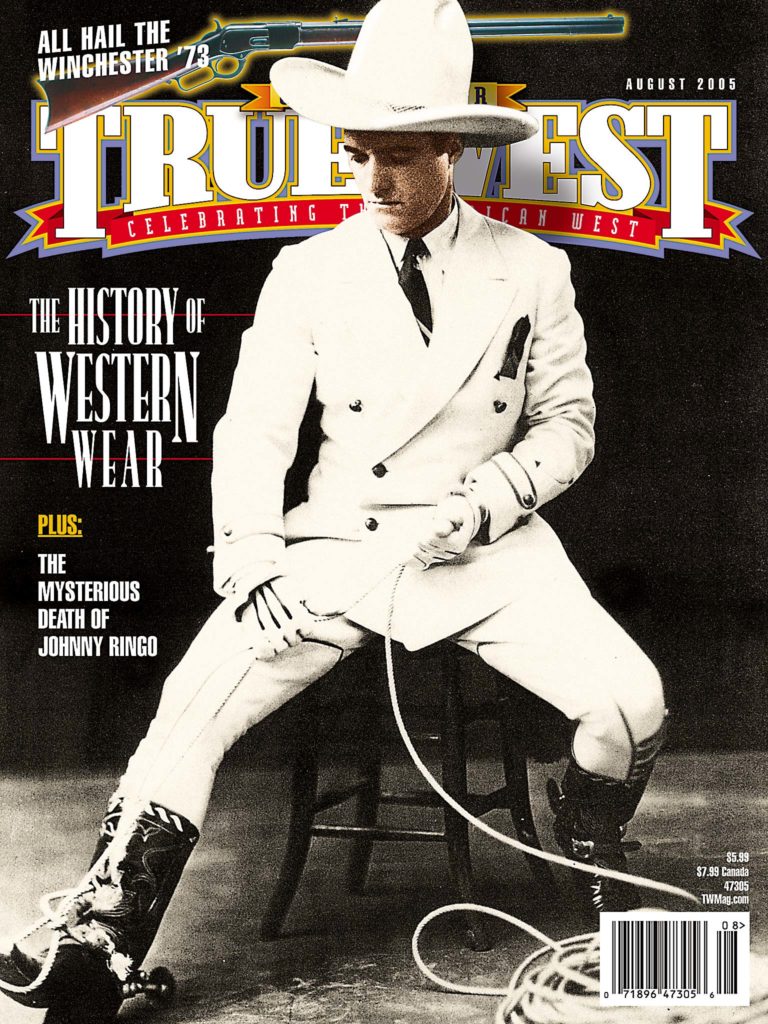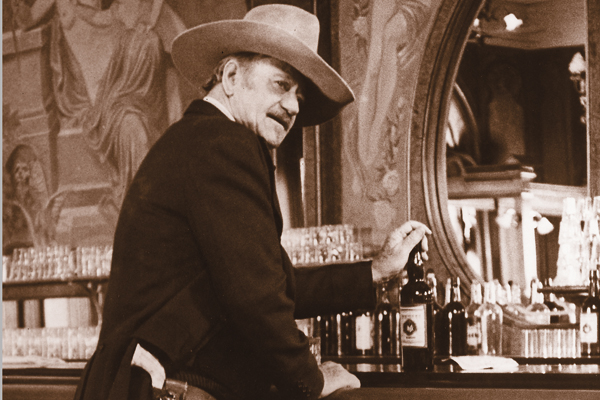 By the early 1880s, Colt was the undisputed leader in the handgun field. Wishing to capture some of the rifle market, however, Colt acquired the rights to manufacture arms designer Dr. William H. Elliot’s sliding action rifle.
By the early 1880s, Colt was the undisputed leader in the handgun field. Wishing to capture some of the rifle market, however, Colt acquired the rights to manufacture arms designer Dr. William H. Elliot’s sliding action rifle.
Elliot borrowed elements from the 1870 patented Robinson tube-loading repeater and the Spencer repeating shotgun of 1882, but his improvements to the design made the action of Colt’s new Lightning magazine rifle reliable, fast and easy to operate. Rather than a dropping lever, as found on other repeaters of the day, the rifle incorporated a shortened, longitudinally sliding forearm that opened and closed the gun’s action.
Lightnings on the Market
With production starting in 1884, the first of the breed was the medium-framed Lightning, with its full-length, under-barrel tubular magazine. Offered in .32-20, .38-40 and .44-40 chamberings (with a few of each caliber made in smoothbore version), the Lightning was available as a standard 26-inch sporting rifle (or optional barrels of varying lengths), .44 caliber military model rifle and carbine, and a double 20-inch tubed standard civilian carbine. The rifles held 15 rounds, while the carbines carried a dozen cartridges.
In 1887, Colt introduced its small- and large-framed models. The small-framed version, produced in .22 caliber Short (16 rounds) and Long (15 rounds) rimfire, sold very well. It was produced as a half-length magazine, 24-inch (round or octagonal) barreled rifle. The large-framed Lightning offered shooters the option of having their pump-action in big-bore chamberings that included .38-56, .40-60, .45-60, .45-65, .45-85 and .50-95 Express. Large-framed models were on the market as a standard 28-inch round- or octagon-barreled rifle, a 22-inch standard carbine or a 22-inch baby carbine with a more slender barrel configuration.
Popularity Invites Competition
Despite some ejection difficulties in their earliest models, which were quickly corrected, Colt’s Lightning magazine rifle was well received by shooters of the era. On the frontier, many express guards, lawmen, hunters and ranchers favored the rifle, thus it was offered by most Colt dealers in the West. The San Francisco Police Department ordered 401 medium-frame rifles in .44-40 caliber, while the small-framed .22 rimfire version gained a fair amount of popularity with Wild West show sharpshooters, including “Little Miss Sure Shot” herself, Annie Oakley, and her marksman husband Frank Butler, who both relied on Colt’s Lightning rifles while performing in Buffalo Bill Cody’s Wild West.
The Lightning’s brisk sales encouraged the introduction of more powerful lever-action rifles, like the smooth-functioning 1886 Winchester, which contributed to the eventual demise of Colt’s Lightning rifle. Nonetheless, over 131,500 Lightnings left the factory before they were dropped from the line in 1904.
Despite its reliability and rapid-fire capabilities, Colt’s pump rifle was never able to displace the lever-action rifle from its throne during the late 19th century.
Photo Gallery
– Courtesy Herb Peck, Jr. Collection –
– True West Archives –


